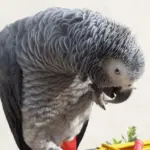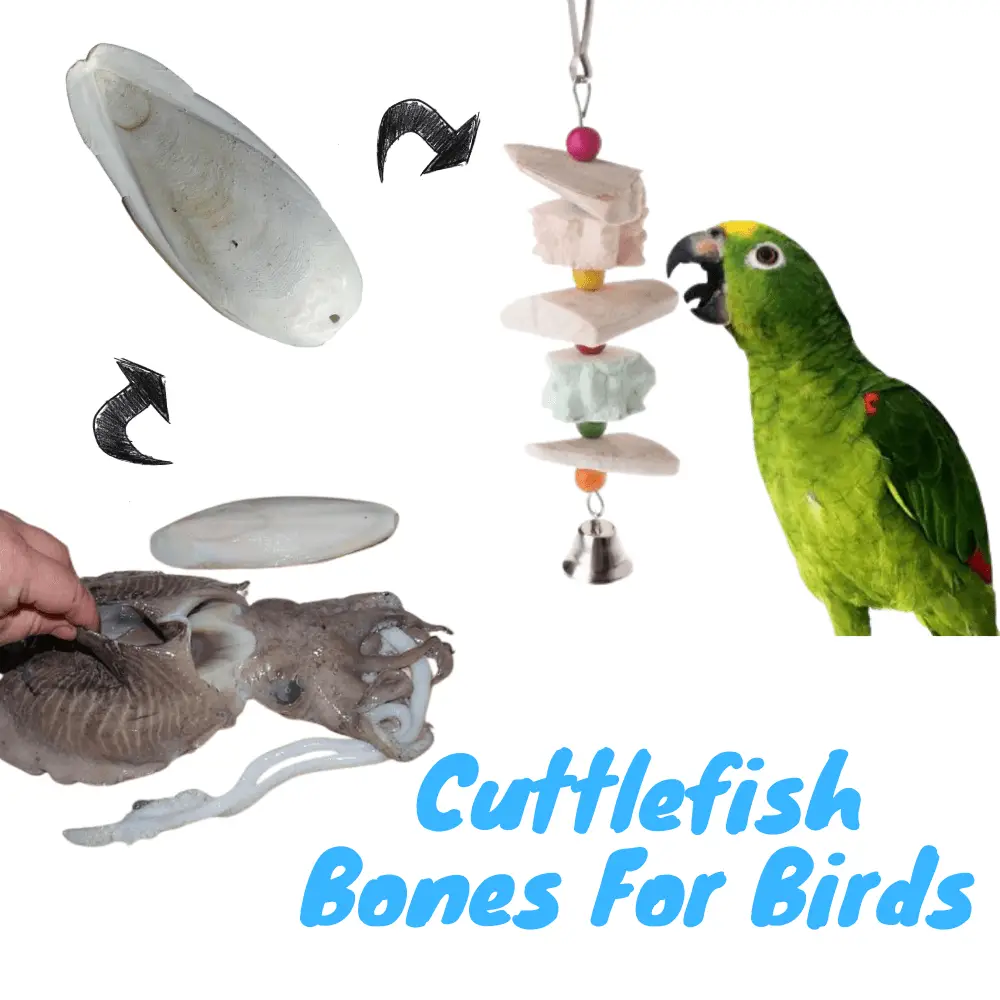
The cuttlefish bone, what is it? Why is it so important to leave some available for the pet parrot?
What is a cuttlefish bone?
The cuttlefish bone is a kind of internal float present in the body of the cuttlefish, cephalopod mollusk.
This marine animal uses it to adjust its buoyancy by adjusting the compression of the gases. It is, in fact, an internal structure that is both hard, brittle, and porous. White or pearly, it is recognizable by its elliptical shape, a bit like a boat hull or a surfboard.
The main constituent of cuttlefish bone is aragonite, which is itself composed of calcium carbonate.
Calcium, in fact, is the main interest of the cuttlefish for most birds in captivity. However, some species, such as the Diamond Dove, are not interested.
What interest in the pet parrot?
Cuttlefish bone is an excellent source of Calcium for parrots while providing other minerals and trace elements such as magnesium, phosphorus, and sodium salts.
By drawing calcium by pecking the cuttlefish bone, the bird obtains valuable contributions for its bone health.
In addition, for the female, the calcium provided by the cuttlefish bone contributes to the good constitution of the eggs.
Cuttlefish bone is also important for the condition of the plumage.
Finally, in certain species of birds, notably parakeets, the cuttlefish bone allows the maintenance of the beak, both by cleaning and by limiting growth.
Simply place the cuttlefish bone in the cage, easily accessible to birds. It is hung on bars, at the level of a perch. Avoid placing it on the ground, as it may quickly be covered in droppings.
What is Cuttlebone? Why give Cuttlebone to your Pet Birds? How to give Cuttlebone to Pet Birds
SOURCE:Love of Pets
Where to get cuttlefish bone for pet Parrots?
Cuttlefish Bones are sold in pet stores, animal feed stores, and specialist departments in supermarkets. Often, we find copies sold with a clip, facilitating its attachment to the bars of the cage.
Cuttlefish pet price
The unit price is around 1.50 $. Cuttlefish bones are also sold in lots of 3 or 5. It is also possible to get them in fishmongers.
Bird owners who live near the coast can collect them directly from the beach. In this case, as in that of the cuttlefish bone brought back from the fishmonger, it is essential to prepare it before giving it to its birds.
Cuttlefish bone
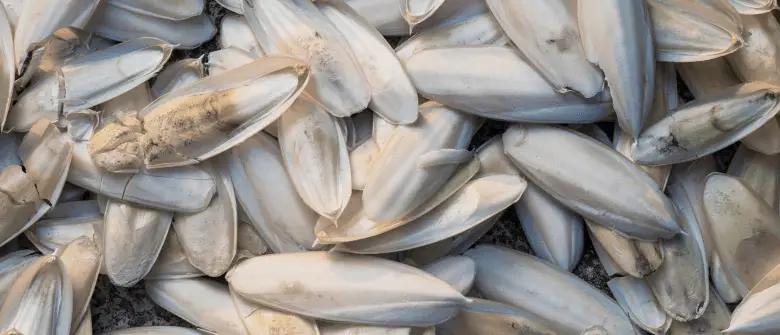
Cuttlebone for parrots
The preparation of cuttlefish bone for pet birds consists of immersing it in boiling water for ten to fifteen minutes. This process is used both to sterilize the Cuttlebone and to remove the fishy odor. Then it should be left to dry in the sun.
Furthermore, the cuttlefish bone should not be kept in the cage for a long time. In fact, it risks hosting fungi and bacteria, a phenomenon favored by its propensity to absorb moisture from the air. The worn cuttlefish bone must be removed and replaced with a new one.
Cuttlefish bones, where does it come from?
I have often heard that cuttlefish bone comes from a fish called “cuttlefish”. Honestly, I had trouble imagining a fish with this block of bones and especially without bones…
Then my curiosity led me to look for information about this fish which is in the end-a marine species belonging to the family of cephalopods representing a class of mollusks.
His head carries short arms with suction cups, as well as two large tentacles and two very large eyes… it has an internal float called the cuttlefish bone. It also plays a role in the endoskeleton and mineral reserve.
This is what cuttlefish looks like:
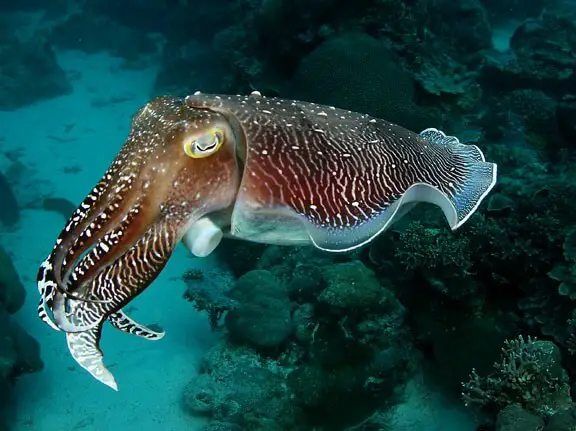
What is the interest of cuttlefish bone for my bird?
Here we are in the heart of the matter. Cuttlefish bone (Cuttlebone) is an internal block, hard and brittle but very light with an average weight between 40g and 60g. This bone consists mainly of aragonite, a mineral species of the carbonate family including calcium carbonate.
This contribution of minerals especially calcium is essential for the proper development of the bird internally (bone and metabolism …) but also, the improvement of the appearance of the plumage and the maintenance of the beak … Not to mention that it is an important food during reproduction, especially for the female who will need calcium to help her build the eggshells and avoid the pain of bridge.
It has excellent nutritional virtues for our birds. For me and I am not the only one, it must be made available to cage or aviary birds in a systematic and daily way. Each bird will take the ratio it needs according to these needs and of course without risk to its health.
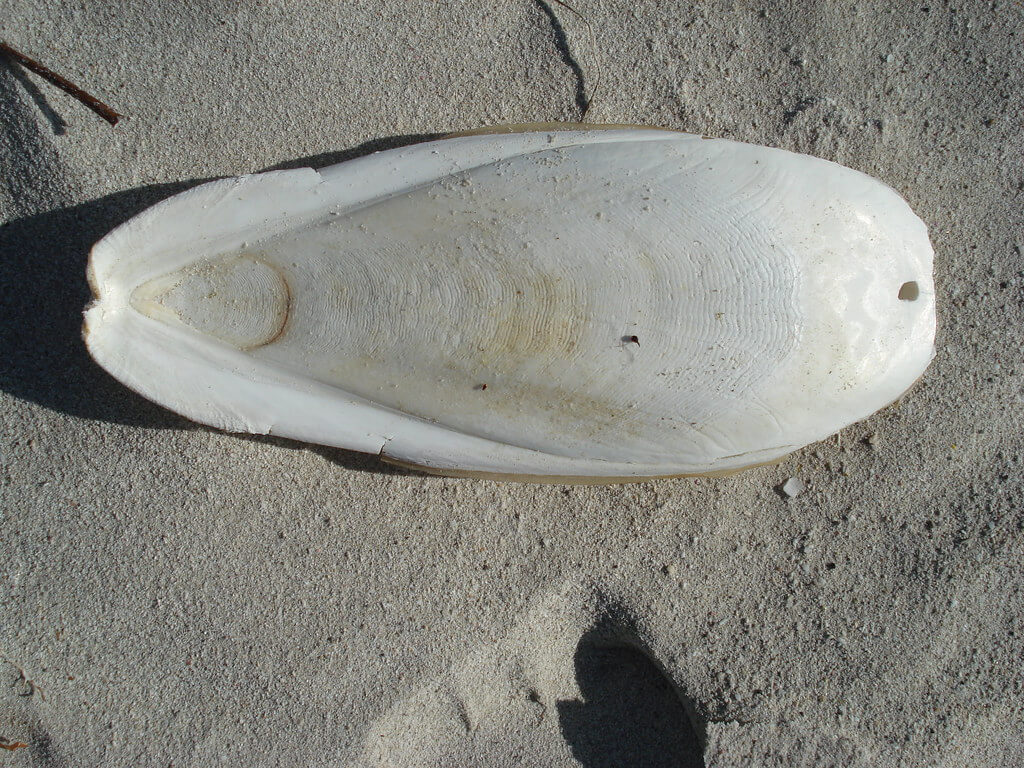
Where can cuttlefish bone be found?
It can be found for sale in pet stores, on the internet (exp: eBay or Amazon), but also by the sea.
This summer I had the opportunity to pick some up to spoil my birds, as you can see in the photos below:
An alternative to cuttlefish bone?
Sometimes the cuttlefish bone is shunned by our parakeets and parrots. Some do not even touch it. But don’t panic, we have found an alternative to solve this problem. Here’s our solucuttlefish bonetion here.
Clean the cuttlefish bone for bird
It is important to clean the cuttlefish bone collected by the sea before giving it to our birds.
This consists of making it edible and digestible, eliminating salt, bacteria, and other unwanted deposits…
The preparation of cuttlefish bone is not complicated and especially without chemicals. You just need clear water and elbow grease.
Desalination and cleaning of cuttlefish bone:
At first, I soak cuttlefish bones in clear water for 2-3 days.
During this soaking period, I rinse the cuttlefish bones several times and change the water as well. This removes the excess salt and I do not hesitate to brush them to release the residues on the surface as well as the bacteria …
Then I lay out the cuttlefish bones in the sun for a few days.
Then, before giving them to my birds, I do several checks. In case of slight blackish, brownish, or other traces…, I get rid of them with a knife. But if too much black deposit, I throw away the cuttlefish bone without taking any risks.
Finally, I make a small finish on the cuttlefish bones by cutting the cartilage around them. It’s cleaner. I store everything in plastic bags and keep them in a dry and clean place.

